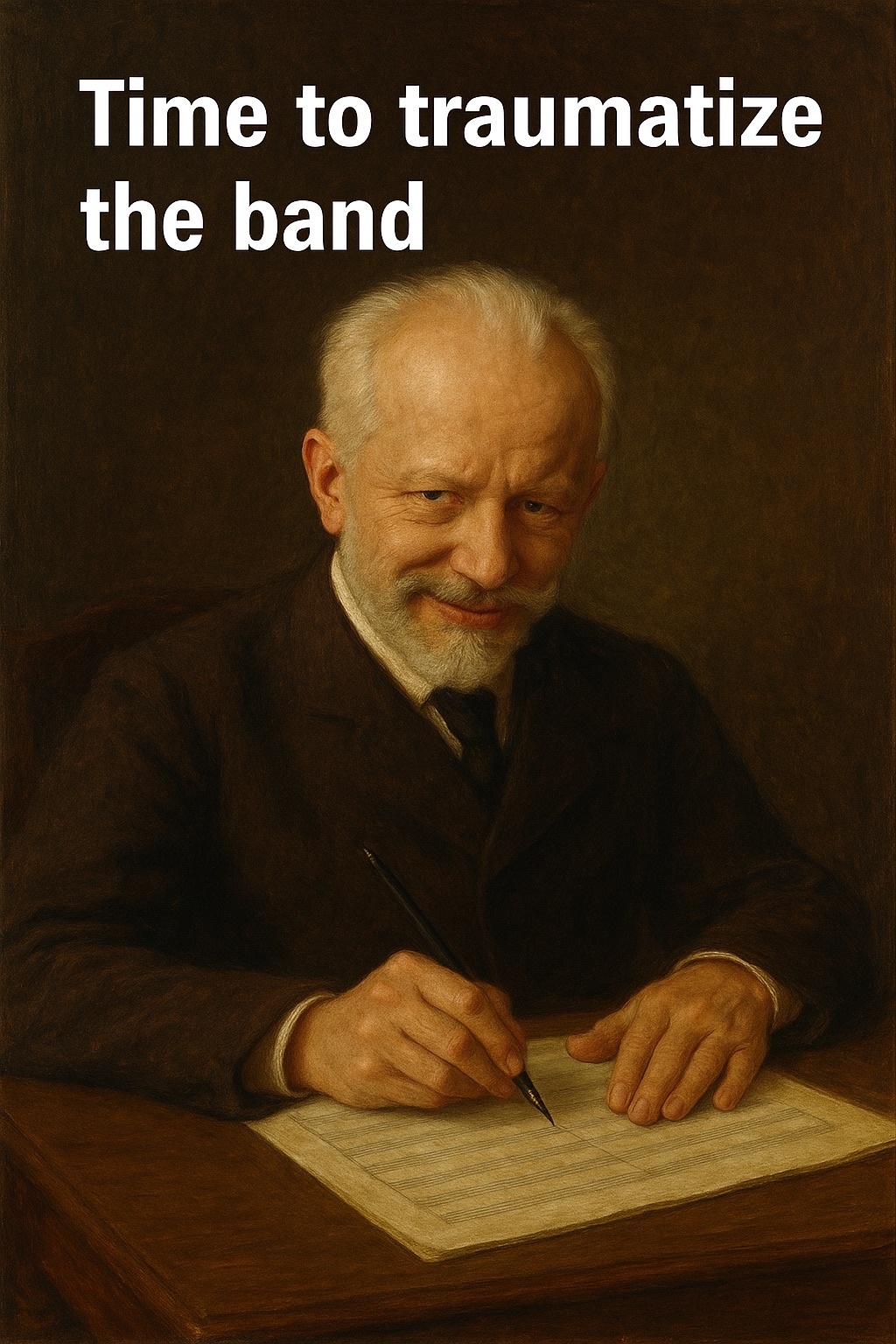Tchaikovsky’s Sleeping Beauty is one of the few works he was genuinely proud of — which is remarkable, considering his famously self-critic personality. The score is so stunningly good that, at times, the ballet choreography seems boring compared to the music.

Tchaikovsky was notorious for writing ballet music so difficult that dancers struggled to find tempo and balance on stage. (Of course, critics in 1890 hadn’t yet met Stravinsky’s Rite of Spring — that riot was still 40 years away.)
Some dancers call Sleeping Beauty a “classical gem in the repertoire, showing all the amazing techniques”. It does feel a bit long and uneventful, but Tchaikovsky makes it forgivable.
For example, Act II sets the stage for a very classic fairy-tale trope: the prince goes hunting in the forest (cliché), gets lost (again?), and eventually stumbles upon the sleeping princess (predictable…) Before he reaches her, there’s an orchestral Panorama (much like an intermission), where the prince takes the Lilac fairy’s boat for four straight minutes of hand-waving, in breathtakingly beautiful:
The music is Panorama, and frequently featured in Sleeping Beauty Suites (selections for pure orchestra performance)